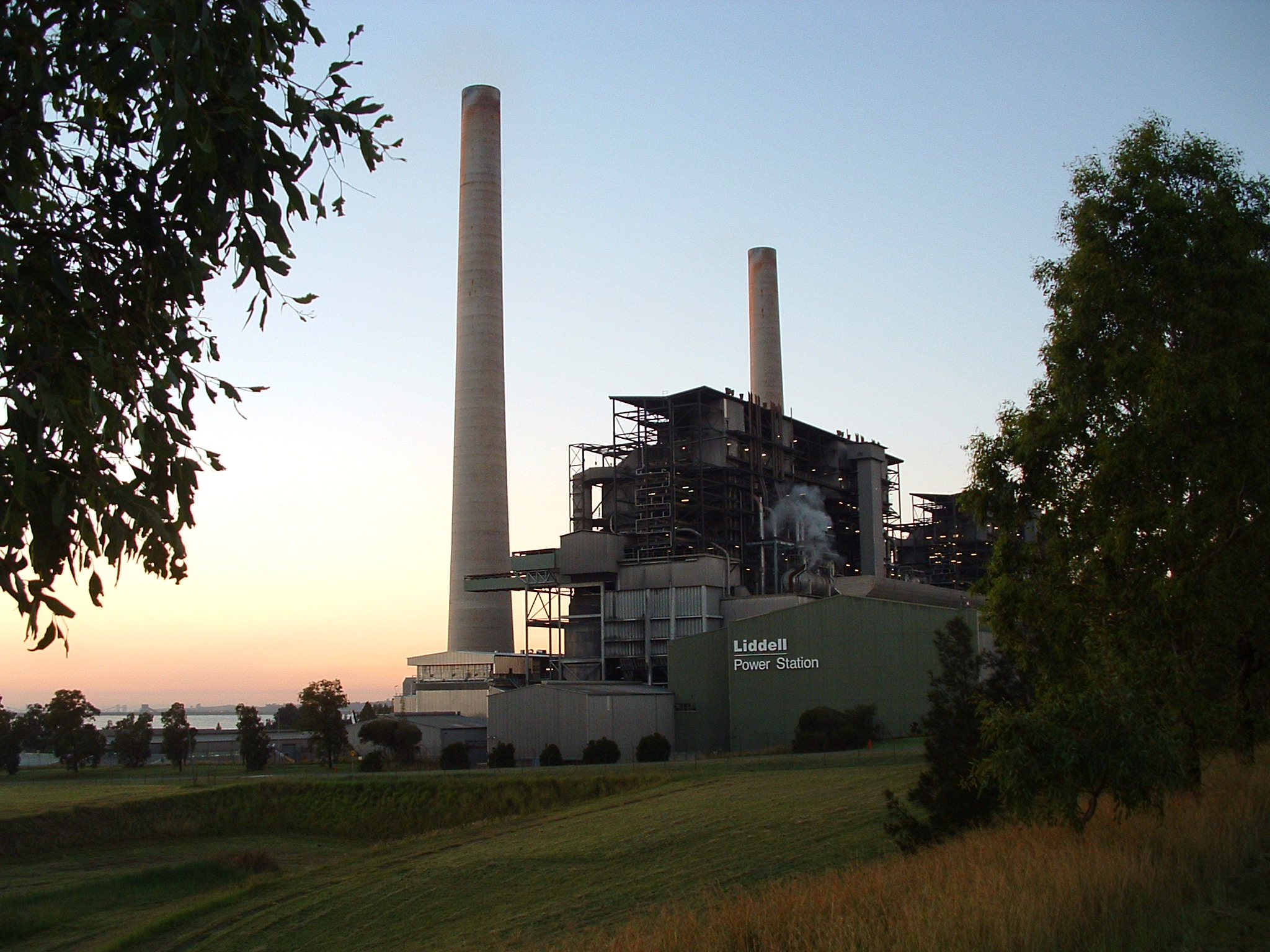
Liddell Power Station Demolition on Track
BY DI SNEDDON
When the two 160-metre-high cement stacks at Liddell Power Station are detonated with explosives there will be plenty of opportunity for people to witness the historic event when both fall to the ground.
But do not expect it to be any time soon. Perhaps sometime in 2024.
The first unit was closed in April this year and the second in April next year and the continued decommissioning and demolition process is anything but straightforward and subject to state significant development consent and a full environmental impact statement soon to be lodged with the State Government.
AGL program director site transition Brad Williams told Muswellbrook Chamber of Commerce and Industry at their monthly meeting last week that decommissioning is a specialist skill that will be outsourced at a cost of $10 to $12million.
It involves building a new 33kv substation to support Baywater Power Station’s continual supply of power to New South Wales and a couple of new transformers as well as de-coupling the high voltage connection between Bayswater and Liddell.
Before any detonator can be activated, Liddell must be in what the experts describe as a ‘cold, dark, dry’ state that requires removal of all chemicals and oils among many other steps with recycling front of mind.

Among the items to be recycled are 70,000 tonnes of steel now on site at Liddell. To put that in perspective there is 50,000 tonnes of steel in Sydney Harbour Bridge.
Mr Williams said he was keen to hear from anyone in need of four kilometres of steel core rubber belt, another item they want to recycle.
“If you know anyone or have any suggestions, please let us know, it has been very hard to find a recycler,” Mr Williams said.
The coal handling site and gas plant will be demolished but infrastructure such as water, roads, sewerage will be retained in line with potential future uses of the site.
Mr Williams said a 3D animation is being developed to explain the demolition.

When it comes to the big day when the stacks come down, a small charge will be placed at the base of the stacks and when detonated. They will fall in an easterly direction towards Lake Liddell, away from the transition yard.
Liddell Power Station recently marked its 52nd birthday, a significant age when it comes to coal fuelled power stations.
“Power stations are not really designed to last that long. We had a Japanese delegation visit us recently and they were gobsmacked at its age – in their country power stations usually have a 30-year lifespan and they could not believe Liddell was so old,” Mr Williams said.
The 180 people now employed at Liddell have been going through an intensive process to understand the transition and change with all offered a position at Bayswater Power Station if they want it.
“You would think it would be a seamless transition but the sites have unique cultures and identification, so it is not as easy to just cross the road, so we are working with our staff to help plan their future,” he said.
“We are also cognisant of the fact not just own employees but also contractors who are impacted by this.”
Of the 180 third will retire, 10 per cent will seek opportunities outside the business and 25 will remain as core to the decommissioning.
Mr Williams said Bayswater Power Station is also intended for closure by the end of 2036, but its future depends on the nature of the energy market.
